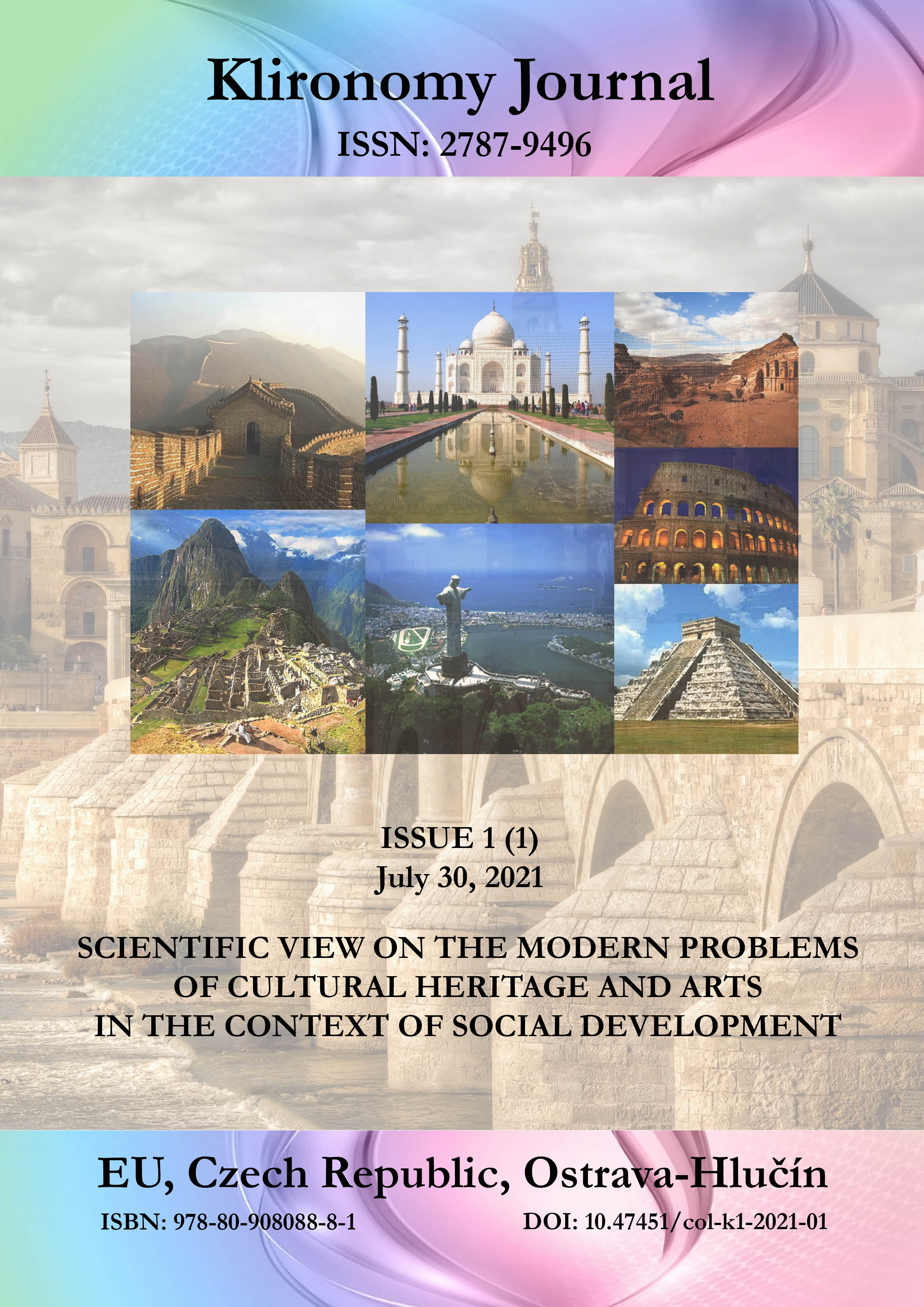Cultural Heritage through Design Thinking
DOI:
https://doi.org/10.47451/her2021-04-001Keywords:
design thinking, innovation, creativity, experience, empathy, thinking, consumer, healthAbstract
The general purpose of the Design Thinking approach (concept taken over in Romanian without its translation and which involves conception-oriented thinking) is to support the conception and design of products, services, processes, strategies, spaces, architecture and experiences ideal for use optimal. Applying the approach leads to the development of practical and innovative solutions to the problems identified in the product and/or technology design departments of companies. As described in the article Design Thinking is a process springing from the user-centered conception-design paradigm. The objective of the article is to highlight the need to combine urban study within Design Thinking, in the case of all areas of conception-design of solutions.
Downloads
References
Bill Burnett, D. E. (2017). Design your life. Editura Publica.
Design Thinking Practical Workshop (2020, April 12). Accelerated. https://www.acceleratedfw.org/web/event/design-thinking-practical-workshop
Evans, D., & Burnett, B. (2017). Designing your life. Editura Publica.
Fleur MacDonald (2019, October 21). The city trying to make urban living good for your health. BBC. https://www.bbc.com/future/article/20191017-the-city-trying-to-make-urban-living-good-for-your-health
Gibbons, S. (2016, July 31). Design Thinking 101. NN Group. https://www.nngroup.com/articles/design-thinking/
Kotler, Ph. (1999). Managementul Marketingului: Analiză, Planificare, Implementare, Control. Bucureşti: Teora.
Manzini, E. (2017). Designul, când toți suntem designer. Ed. Vellant.
Santos, M., & Soares, M. (2014). Ergonomic Design Thinking. AHFE Conference. Advances in Ergonomics in Design, 560-571.
Published
Issue
Section
License
Copyright (c) 2025 Klironomy

This work is licensed under a Creative Commons Attribution 4.0 International License.
The Klironomy is an open access journal. Articles are available free of charge as PDF files on the website of the European Institute for Innovation Development. PDF files can be previewed with Acrobat Reader from www.adobe.com.
All articles of the Klironomy are published under a Creative Commons Attribution 4.0 Generic (CC BY 4.0) International license.
According to the Creative Commons Attribution 4.0 Generic (CC BY 4.0) International license, the users are free to Share — copy and redistribute the material in any medium or format for any purpose, even commercially (the licensor cannot revoke these freedoms as long as you follow the license terms).
Under the following terms:
- Attribution — You must give appropriate credit, provide a link to the license, and indicate if changes were made. You may do so in any reasonable manner, but not in any way that suggests the licensor endorses you or your use.
- No additional restrictions — You may not apply legal terms or technological measures that legally restrict others from doing anything the license permits.





